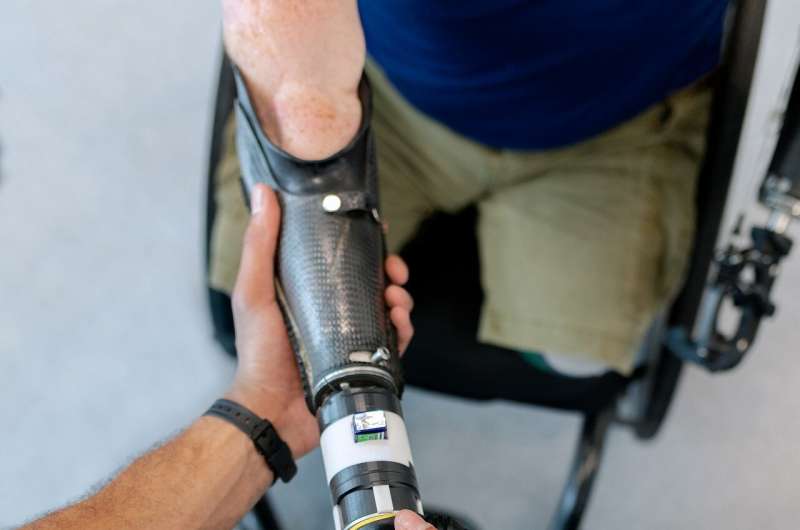'Barcodes' Written into DNA Uncover How Blood Ages

New research uncovers how DNA methylation barcodes reveal blood cell aging, showing reduced stem cell diversity and clonal expansion linked to age-related inflammation and disease risks.
Recent research published in the journal Nature sheds light on the biological aging of blood by using a novel method that interprets changes in DNA methylation as natural barcodes. This innovative approach reveals how blood stem cell populations evolve over time, leading to age-related changes in blood composition and immune function. Both human and mouse studies indicate that, starting around age 50, a limited number of blood stem cell clones expand, diminishing the diversity of the blood-forming system. This shift results in a dominance of clones predisposed to produce myeloid cells, which are associated with chronic inflammation and age-related disease risks.
The decline in clone diversity was detectable as early as age 50 in humans and became nearly universal by age 60, reflecting a process known as 'clonal hematopoiesis.' The researchers suggest that this decrease in cellular diversity may contribute to 'inflammaging,' the persistent low-grade inflammation observed with aging, potentially increasing susceptibility to conditions like cancer, cardiovascular disease, and immune disorders.
To overcome the challenge of tracking individual stem cells in humans—an unethically impractical task—the team employed epimutations, which are methylation changes that naturally occur and serve as genetic barcodes. These methylation marks are copied during cell division, creating a persistent record of cell lineage. By developing a technique called EPI-Clone, based on a modified single-cell sequencing platform, scientists can now reconstruct the lineage history of blood cells without genetic modification, providing critical insights into blood aging.
The findings showed that in young blood, a highly diverse pool of stem cells contributes to blood formation, but with age, a small number of large clones dominate, accounting for up to 70% of blood stem cells in older mice. Similar patterns were observed in human donors aged 35 to 70. This transition from diversity to dominance may be 'clock-like,' progressing gradually and predictably with age. Moreover, many prominent clones harbored mutations linked to clonal hematopoiesis, which has been associated with increased risk of cardiovascular diseases and leukemia, although some dominant clones lacked known mutations, suggesting a broader feature of aging.
Such epigenetic tracking offers promising avenues for early detection and prevention of age-related diseases. By monitoring clonal behavior, clinicians could identify individuals at higher risk long before symptoms manifest, enabling personalized intervention strategies. This research also paves the way for exploring rejuvenation therapies aimed at restoring healthy blood cell diversity in humans.
Overall, this groundbreaking work demonstrates how natural epigenetic marks can serve as a window into cellular history, significantly advancing our understanding of blood aging and opening new possibilities for intervention and healthspan extension.
Stay Updated with Mia's Feed
Get the latest health & wellness insights delivered straight to your inbox.
Related Articles
Revolutionizing Healthcare with 3D Printing Technologies
Discover how 3D printing is revolutionizing healthcare by enabling personalized prosthetics, implants, surgical models, and pharmaceuticals tailored to individual patients, improving outcomes and accessibility.
Link Between Urinary Metal Levels and Increased Heart Failure Risk
New research links elevated urinary metal levels to a higher risk of heart failure, highlighting the importance of reducing environmental metal exposure for cardiovascular health.
Customized Deep Brain Stimulation Enhances Gait in Parkinson's Disease Patients
Innovative personalized deep brain stimulation techniques are showing promise in improving walking and gait stability in Parkinson's disease patients, leading to better mobility and quality of life.
Resilience of Ambulance Staff During COVID-19: Insights from a Swansea University Study
A Swansea University study reveals the resilience and emotional challenges faced by ambulance staff during COVID-19, emphasizing the need for flexible, supportive emergency services in future crises.



